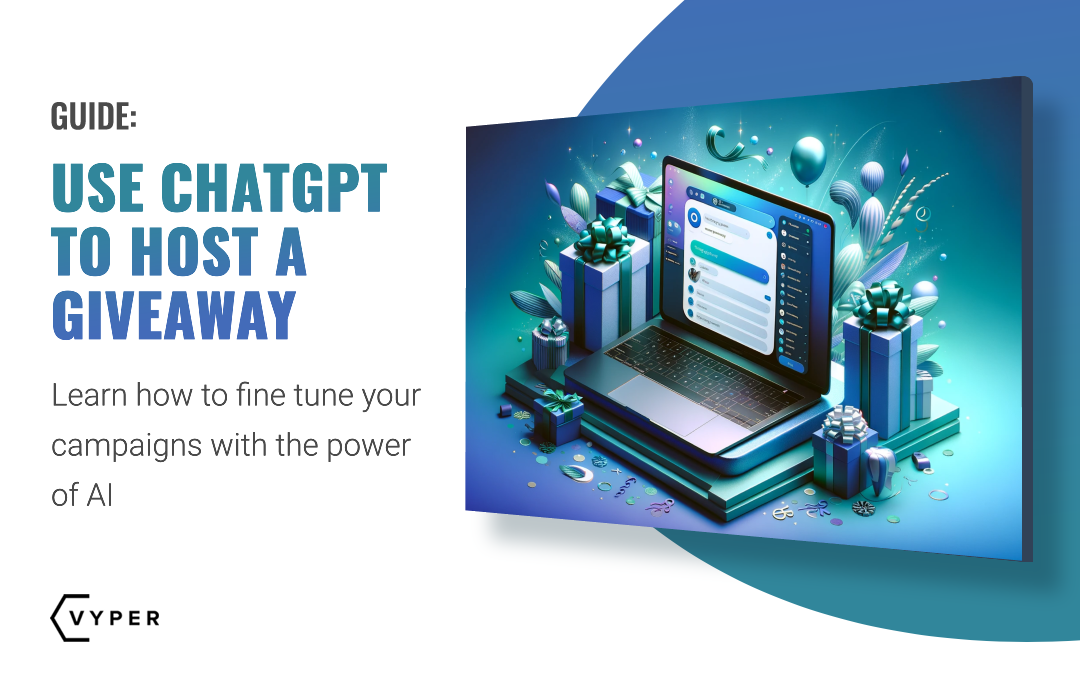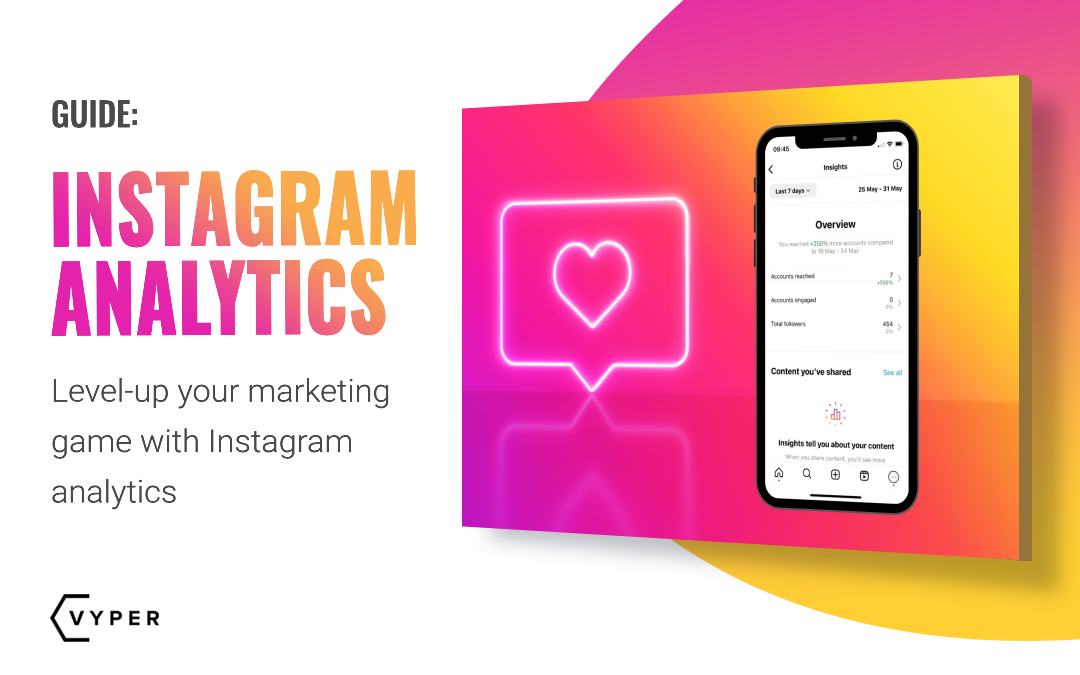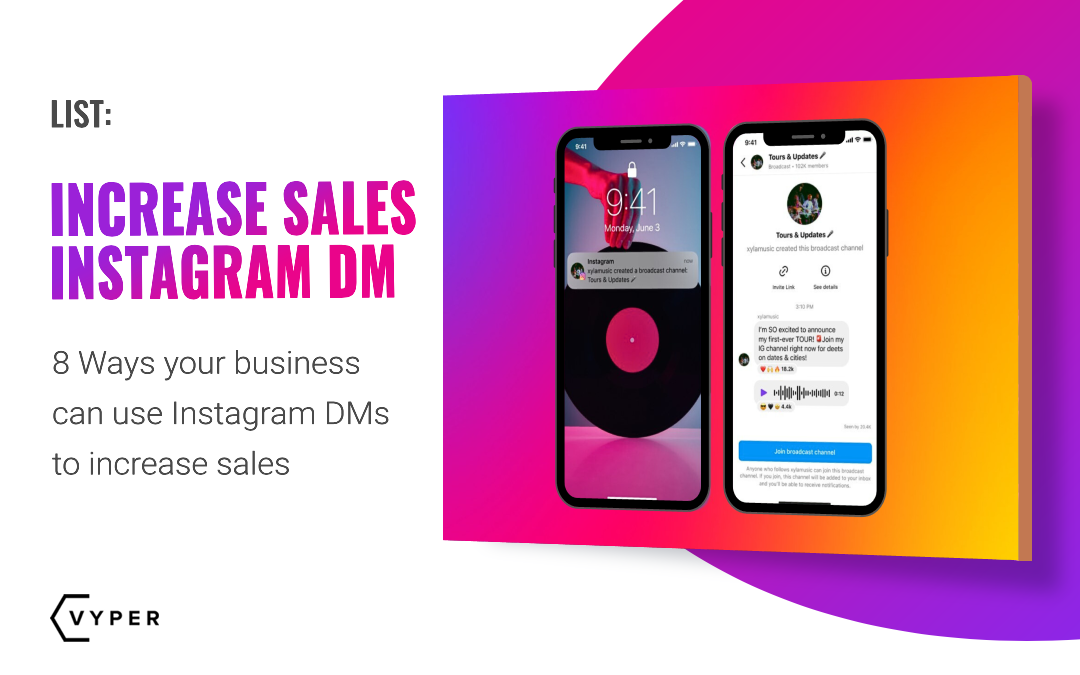Many B2B marketers struggle to develop landing pages that resonate with their audiences. Most are too focused on the technical or they go too copy heavy to make any real impact.
That is why marketers are encouraged to adopt a technique that has been used for centuries to entertain, educate, and inform. Storytelling is a powerful marketing tool that can make your landing pages stand out and get noticed.
A good story is often remembered more clearly than mere facts. So, if you can weave a good tale, even the most technical of brands might find the secret to maximum conversions. Here are a few tips you can use on your landing pages that will bring your brand’s story to life.
Determine the Story’s Purpose
What are you trying to accomplish with your landing page? That answer should be provided before any storytelling is developed. You should have a clear ending in mind before you begin, in other words, and it all begins with a goal.
Are you trying to entice a purchase or a subscription? This goal should be written down and looked at often so that the story always stays on track.
What’s the Problem?
Prospects click on your landing page because some promise enticed them. They may have clicked an ad that promised to make their job easier. They may have clicked a Facebook post or clicked a link in an ebook that swore their lives could be simpler. Now they have landed on your landing page with hopes of finding this ease-of-life you’ve assured.
Just as you have written down the goal of the landing page, write down the prospect’s problem. This is the issue that will be top-of-mind as the reader engages with your story. That is why every line must address that problem as well as its solution— in some fashion.
Start Your Story with a Striking Title
Your titles can’t just be good. They have to be like coiled vipers, lashing out and Striking readers, forcing them to pay attention. This type of title:
- Speaks to the prospects’ problem. (Client Onboarding Just Got Easier & Less Expensive)
- Tells the prospect that a story is forthcoming. (How One Business Owner Expanded His Business in 4 Months!)
- Makes a promise. (Join This Business Owner Who Expanded His Enterprise in Less Than Six-Months!)
- Gives facts & figures. (How One Business Owner Increased Sales By 154% in Four Months!)
- Gets Personal. (Stop the Frustration of Client Onboarding. Finally, an Easier Solution that Costs Less!)
- Uses a combination of tactics. (Client Onboarding Success Secrets. 85% Faster Results and Ease-of-Use for Frustrated HR Reps)
- Use Simple Language
Nothing will take a reader out of a story faster than using a convoluted word that doesn’t belong.
Instead of saying, “Susan passed the required standardization procedures that ensured her knowledge of the material was commensurate…” which could cause your reader to doze off, say, “Susan passed all the required tests, and now has the knowledge she needs…”
In other words, avoid jargon and speak as though you were telling this story to a friend. And never use a long word when a short one will do.
Who is Your Subject?
A good story needs a protagonist; someone we can root for. Some examples might be:
- The owner of the company describing how he/she came across the secrets to the organization’s success. (Tim didn’t know at the time, but the algorithm he developed has helped 4,506 small businesses save more money with better personnel and fewer liability issues.)
- A client who has a success story to tell. (John expanded his boat rental business, opened a new location, and recently hired twenty new staff members.)
- Third-parties who have decided to work with the organization. (A corporate leasing agency chose to team up with a B2B SEO firm, for instance, because of the SEO’s values, culture, and methods with which they do business.)
- Get to the Point
The average person spends 8 hours per day consuming various types of media. To get your brand noticed, your landing pages have to hook the reader instantly. There’s no time to waste. “Once upon a time…” isn’t going to cut it and long drawn out introductions won’t either.
Instead, take a page from an actual master of writing, Kurt Vonnegut, that teaches you to start as close to the end of your story as possible.
Did your service help a client expand his boat rental business ten-fold in the past year? Think about why that would be interesting to a prospect.
If the prospect is a business owner who also wants to expand, describe all the benefits the client now experiences with the newly developed business.
For instance, “John Weaver started the year with one struggling boat rental business and too much inventory he couldn’t quite move.
Within four months, John cleared through his inventory, expanded his business, and opened a second location on the other side of town.”
In this way, you are enticing your audience by helping them enjoy the fruits of John’s labor. The reader can put him/herself in John’s shoes, and will start to imagine it would be like to experience that sweet, sweet success.
Keep Your Organization Out of It
People reading your landing pages don’t care about your organization, how it got started, and who works there; at least not yet. Right now, the reader is focused on how you can solve his or her problem.
When writing a story on your landing pages, put the focus all on the ideal prospects. Speak to that person and make him or her feel the emotional pain caused by this ever-present problem.
Maybe it’s frustration or anger, or regret for doing things the hard way for so many years. Eventually, you will mention the solution to the prospects’ problem, which will represent the easier way of doing things.
First, you need to create an emotional bond.
Some excellent ways to personalize your stories so that they more deeply resonate with your target market is to use job titles, photographs of people engaged in similar job roles, quotes from others in the industry, and by using lots of “you” and “your” to drive your copy home.
Give Your Clients the Storytelling Duties for a Change
You don’t always have to be the one telling the story. Empowering stories told from the viewpoint of clients helps to build that strong emotional bond you’re striving for.
The best way to do this is to have the client tell his or her story in person or on a recording. Face-to-face Skype or Google Hangout interviews work well also.
No matter which medium is used, record the client’s story, transcribe the words, and convert the juiciest parts into powerful landing page copy that gets your prospects excited about your offerings.
When using testimonials, pair them with relevant blocks of copy. For instance, if your landing page is discussing how easy your software is to use, that’s an excellent place to drop a testimonial where one of your clients raves about ease-of-use.
In this sense, testimonials act as exclamation points that highlight the exciting bits of your story.
Be Relentless with Your Editing
Kurt Vonnegut gave another interesting tidbit marketers would be keen to follow. He said that every sentence of your story should do one of two things – reveal something about your character or advance the action.
As a landing page marketer, your job is to ensure every line of your story either aligns with your title or pertains to the reader’s problem. If it doesn’t, it’s nothing but noise and should be removed at all costs.
Format So the Story Flows
Keep in mind that people will be reading your landing pages on small screens. Not all of them, but enough that make it wise to format for mobile first.
Formatting tips include:
- Short, simple sentences, and concise paragraphs with a good bit of space in between.
- Bolded subheaders that continue the story as the landing page progresses. Your reader should be able to get a gist of what the page contains just by reading the sub-headers alone.
- Use numbered and bulleted lists wherever possible to make content more digestible.
- Front load your sentences so that the main idea is early on, and so readers don’t have to read every single word to get by.
- Your CTA Isn’t the Story’s End. It’s the Cliffhanger
Your landing page told the story, now your CTA is a way for your prospects’ to create their own stories. Make this part of your call-to-action language.
For instance, “Do you want to expand your business like John? Get in touch by filling out the form below and see how John did it.”
Or, “Stop banging your head against the wall and discover the solution that will save you time, money, and constant frustration.
Bonus: Brand Messaging and Storytelling with Tamsen Webster
Tamsen Webster is a messaging strategist that has helped develop storylines for brands like Johnson & Johnson, Verizon, and Weight Watchers.
We interviewed Tamsen who shared strategies for idea development, brand positioning and building the perfect storyline. Watch the video below to learn more:
Conclusion
A properly constructed landing page can do wonders for a brand’s bottom line. Sadly, too few brands use storytelling, which is a powerful technique for remaining on your prospects’ minds. You now have the ins and outs of storytelling for landing pages which should have a significant impact on your B2B audience.
This is a guest post by Ryan Gould of Elevation Marketing.
Author Bio: Ryan Gould is the Vice President of Strategy and Marketing Services at Elevation Marketing, a B2B marketing agency. Ryan helps medium and large brands improve sales and market share by developing integrated marketing experiences distinguished by research, storytelling, engagement and conversion.
Social
LinkedIn: https://www.linkedin.com/in/rygould/
Twitter: @ryanscottgould
Elevation Social:
Twitter: @elevationb2b
Facebook: @elevationb2b



